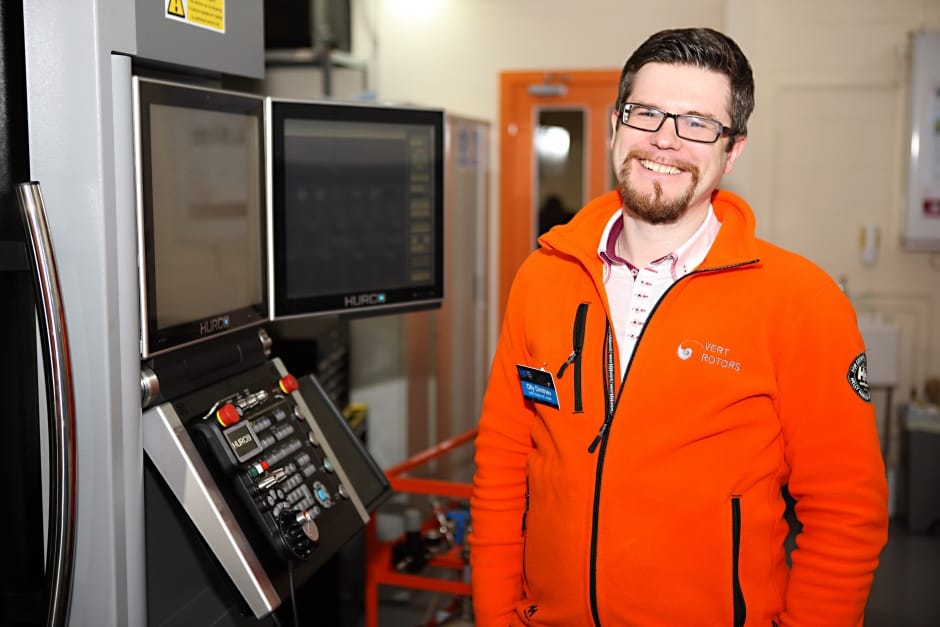Hearing loss is one of the most common (preventable) occupational health problems in the world. According to The Institute of Occupational Safety and Health, in the United Kingdom over one million workers in the UK are exposed to levels of noise that puts their hearing at risk, with 17 per cent suffering hearing loss, tinnitus or other hearing-related conditions as a result of exposure to excessive noise at work. Noise induced hearing loss is considered to be the 15th most serious health problem in the world according to the World Health Organisation (WHO).
In a report on the UK’s claims culture, The Association of British Insurers reported a significant increase in the number of claims for noise induced hearing loss in the last decade. Between 2011 and 2014 noise induced hearing loss (NIHL) claims notified with insurers increased by 189%. The increase in claims has come at a significant cost to the insurance industry. The estimated overall cost of NIHL claims to insurers has risen from just under £83 million in 2010 to over £360 million in 2014. The increase in claims volume cannot be explained by any change in the law, new regulations or medical practices. No doubt these costs to insurers are recouped through higher insurance premiums to customers.

Despite a greater understanding of the long-term affects of exposure to loud noise, improvements in personal protection and better regulation, there’s still an underlying problem that needs to be addressed to reduce noise. This is where new technology can be used to reduce noise levels in the workplace.
The problem with noise
Excessive noise is an occupational hazard with many adverse effects, not only to the workers involved with noisy operation but also to those around them. Individuals can be affected by noise differently, however noise levels above 75-80 dB(A) are known to cause hearing damage.
Health and safety is incredibly important in a manufacturing and engineering environment especially when loud machinery is being used. Compressors are typically loud, with the average piston producing around 100dB(A), or the same amount of noise as a motorcycle, which over time and prolonged exposure can lead to hearing problems. This level of noise (100dB(A)) is higher than recommended in EU health and safety laws.
Some high street bought compressors only operate at recommended noise levels in controlled environments. Take it out of that environment and noise levels could be harmful. Employers and individuals could be breaking regulations without even knowing.
What is the solution?
In the UK, The Control of Noise at Work Regulations 2005 place a duty on employers to reduce the risk to their workers’ health by controlling the noise they are exposed to while at work. Employers are required to take action to reduce noise exposure and provide workers with personal hearing protection. But with the evidence from insurers, there is something going wrong. Either people feel entitled to claim, aren’t wearing protective equipment because they don’t think it is necessary or employers aren’t doing enough.
The substitution of equipment for quieter versions could offer a solution if noise elimination is not possible. Replacing noisy machinery, such as compressors and drilling equipment for quieter versions could have a positive impact on industrial workplaces going forward.
One of the best ways to reduce harmful noise levels is to select equipment properly. For example if selecting a compressor you should consider the size of the compressor required for your application and compressor type. Small compressors produce less noise than larger ones, so if you have two machines that are using compressed air, it may be better to have two small compressors rather than a large one.
I have considered the noise levels emitted from compressors for a while and have developed a new compressor which operates at lower and safer decibel levels, but still producing the same level of pressure as a usual run-of-the-mill compressor, solving the problem of noise induced hearing loss. Yes, this is only one piece of machinery, but if you don’t think this is important, think again. According to the Carbon Trust, 80% of industrial processes in the UK involve compressed air at some stage. Almost every garage, paint shop and factory in the UK has a compressor. An industrial compressor regularly hits 85 dB or higher during use which is damaging to hearing.
Together with new EU Personal Protective Equipment regulation coming into force now, everybody in the whole supply chain, not just manufacturers must ensure their PPE meets the standard requirements. ‘Harmful noise’ is now officially been recognised as an irreversible health hazard. Manufacturers and others will have to consider changes to the infrastructure of their facilities to meet the new regulations, costing time and money.
Improved health and safety in the future
Thousands of people retire with partial hearing loss in one or both ears. Other than ear protection to reduce noise levels, little has been done to reduce the noise levels produced by manufacturing equipment, especially compressors. It is both the responsibility of the employer and the employee that all measures and precautions are put in place to reduce the damage to hearing that can take place in noisy environments. Ultimately, reducing the decibel levels emitted by machinery will have a more significant impact on the health and wellbeing of those who operate such machinery on a day-to-day basis.
Olly Dmitriev is the CEO and founder of Vert Rotors. Hear more from him at The Engineer's annual conference which runs alongside Subcon at the NEC, Brimingham from 5 - 7th June.











Water Sector Talent Exodus Could Cripple The Sector
Maybe if things are essential for the running of a country and we want to pay a fair price we should be running these utilities on a not for profit...